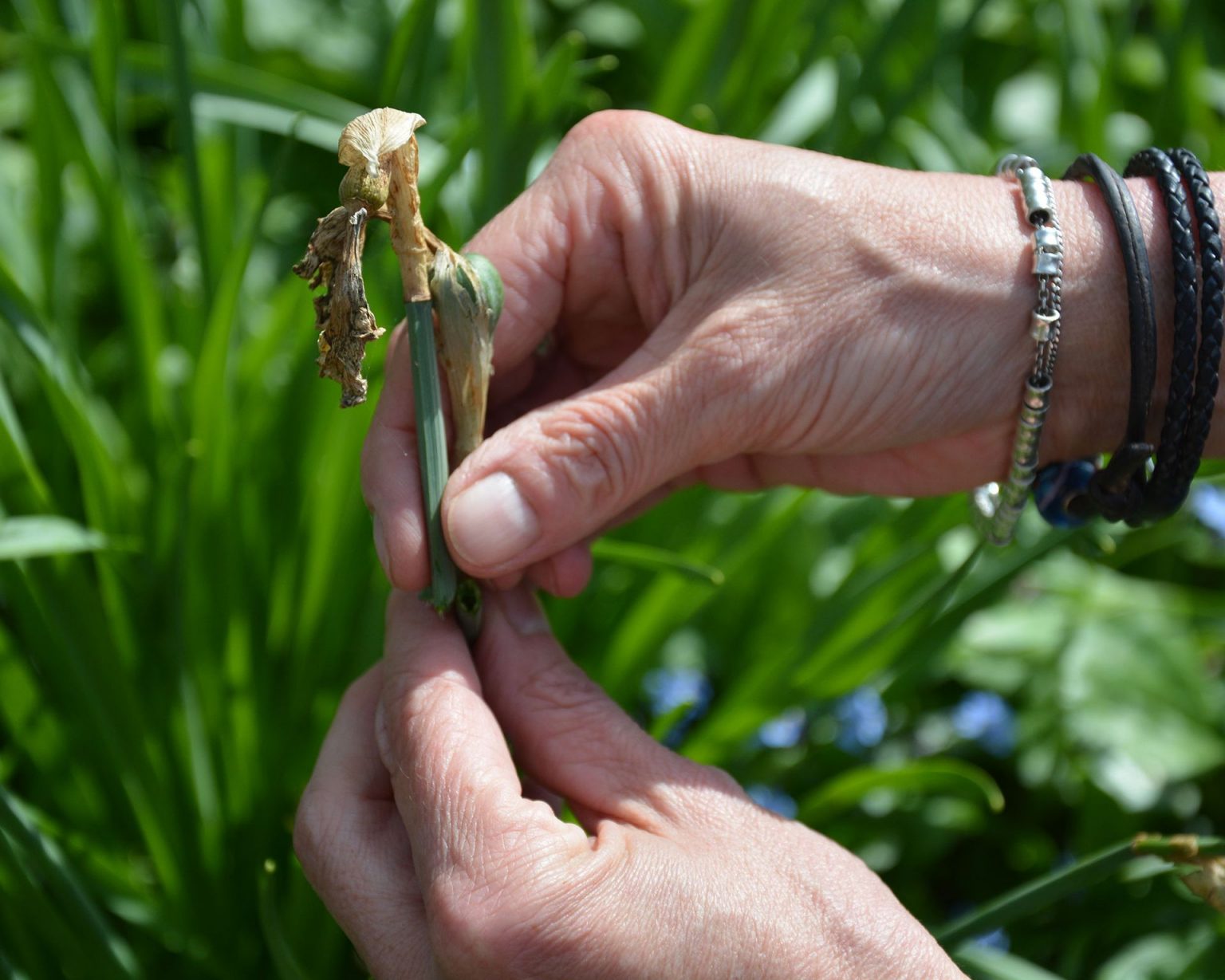Should I Deadhead My Daffodils? How to Encourage Future Blooms
Daffodils are a welcome sight in spring, emerging from the ground with their cheerful yellow blooms after a long winter As the flowers begin to fade, a gardening task arises – should you deadhead daffodils? The answer is yes, deadheading is an important process for ensuring vibrant blooms year after year
What Is Deadheading?
Deadheading simply refers to removing spent flowers from a plant. It redirects the plant’s energy from seed production to strengthening the bulb below ground. This results in more robust growth and more prolific blooming in following seasons.
Why Deadhead Daffodils?
There are a few key reasons to deadhead daffodils:
-
Prevents Seed Production—Removing spent blooms stops the plant from putting its energy into making seeds, which can weaken the bulb.
-
Aesthetic Appeal – Deadheads keep your garden looking tidy by removing faded, dying flowers.
-
Promotes Reblooming – With energy focused on bulb growth rather than seed formation, deadheading helps ensure vigorous reblooming.
-
Directs Energy to the Bulb – The plant puts more resources into bulb development for future growth instead of seed production.
-
Discourages Self-Seeding – Unless naturalizing is your goal, deadheading prevents unwanted self-seeding around the garden.
When to Deadhead Daffodils
Timing is important when deadheading daffodils:
-
Wait Until Foliage Dies Back – Avoid cutting foliage until it completely dies back, as leaves continue feeding the bulb.
-
When the flowers start to wilt, fade, and die, but before the seed pods form, cut off the dead flowers. This redirects energy at the optimal time.
-
Stop Deadheading After 6 Weeks—After the first blooms appear, stop deadheading for about 6 weeks and let the seed pods form.
How to Deadhead Daffodils
Follow these simple steps for properly deadheading daffodils:
Supplies Needed:
- Sharp, Clean Garden Shears or Pruners
Steps:
-
Wait for flowers to completely fade and wilt.
-
Identify the spent flower stem above the foliage.
-
Use pruners to snip the stem just above the leaves.
-
Avoid cutting any foliage until it dies back naturally.
-
Discard deadheaded blooms – don’t leave them on the ground.
-
Clean your pruners with disinfectant before storing to prevent disease spread.
-
Continue deadheading for around 6 weeks after first blooms appear.
The Role of Foliage
It’s important to leave daffodil leaves alone until they die back naturally, which usually takes about 6 weeks after they bloom. The leaves produce nutrients that feed the bulb underground. Cutting back leaves too soon can make next spring’s flowers less strong.
Do All Daffodils Need Deadheading?
Most daffodils benefit from deadheading, though some varieties are exceptions:
-
Double Blooms – Double daffodils rarely set seed, so deadheading isn’t critical.
-
Small Species – Miniature species like Tete-a-Tete have small blooms that dry up on their own.
-
Naturalized Areas – You can allow seed pods to form if intentionally naturalizing daffodils.
Deadheading Supports Ongoing Health
While deadheading requires some time investment, it pays long-term dividends by ensuring your daffodils thrive for years to come. The small effort spent redirecting energy to the bulbs will provide recurring rewards of vigorous flowers spring after spring.

Is it OK to cut dead daffodils after they bloom?
Yes, its perfectly fine to cut dead daffodils after they bloom, and its actually part of good garden maintenance.
This practice, known as deadheading, involves cutting off the spent flower heads.
When you cut dead daffodils, make sure you only cut the flower stalks and leave the green leaves alone. The leaves are important for photosynthesis.
The leaves continue to produce energy, which is stored in the bulb for next years growth.
Wait until the leaves turn yellow and die back naturally before removing them.
This way of doing things makes sure that the daffodil bulbs are ready for their winter rest and gives them the best chance of having a big bloom the next spring.
The Leaves: The Unsung Heroes
One last thing to keep in mind about timing: the daffodil leaves will keep working even after the deadheading is done, collecting sunlight and feeding the bulb below.
This is why, after the flowers are gone, we leave the foliage until it naturally browns and withers.
This process might not be as visually pleasing as the bloom itself, but its equally important for the daffodils life cycle.
The timing of this final phase of energy collection is crucial, marking the end of one seasons display and the beginning of preparations for the next.
Learn more about deadheading and pruning with my guides:
Deadhead Your Daffodils: 3 Reasons Why
FAQ
What happens if I don’t deadhead daffodils?
While tulips should be deadheaded immediately after flowering, it is not necessary to deadhead daffodils. The vigor of tulip bulbs quickly declines if tulips are not promptly deadheaded and seed pods are allowed to develop. However, seed pod formation on daffodils has little impact on plant vigor.
Is it okay to cut off daffodils after they bloom?
Yes, you can cut off daffodils after they bloom, but most people say you should wait until the leaves have died back naturally.
